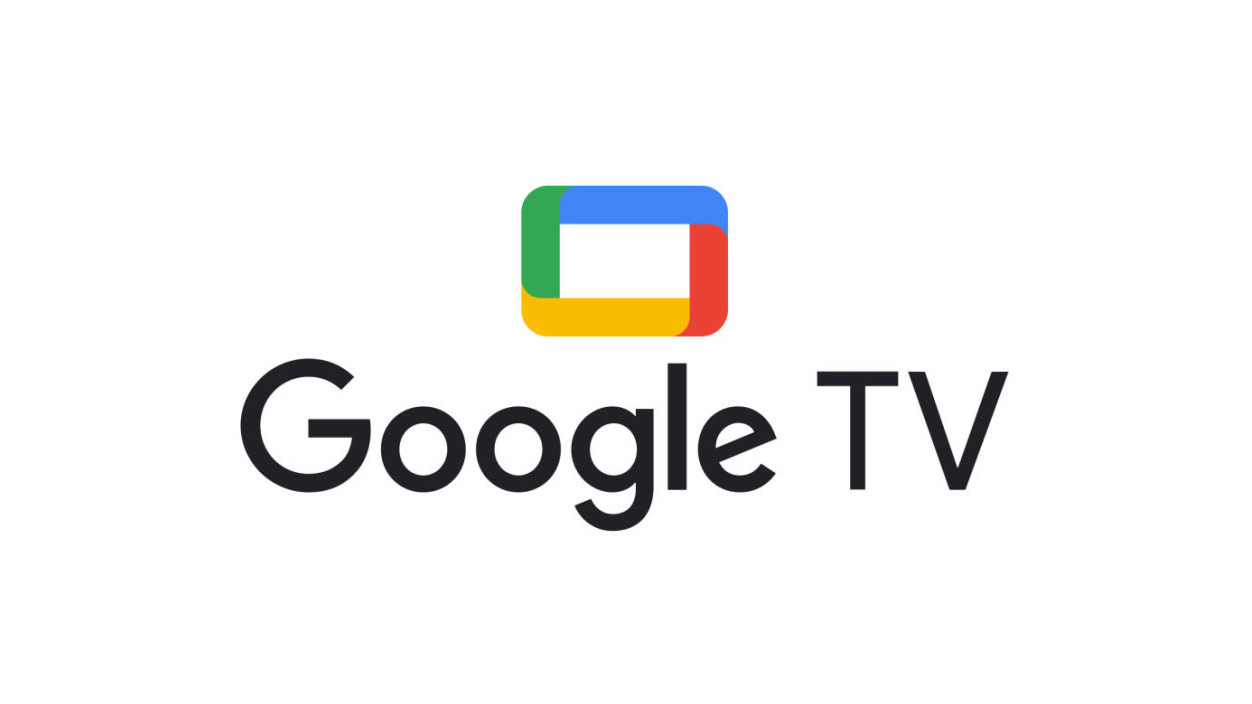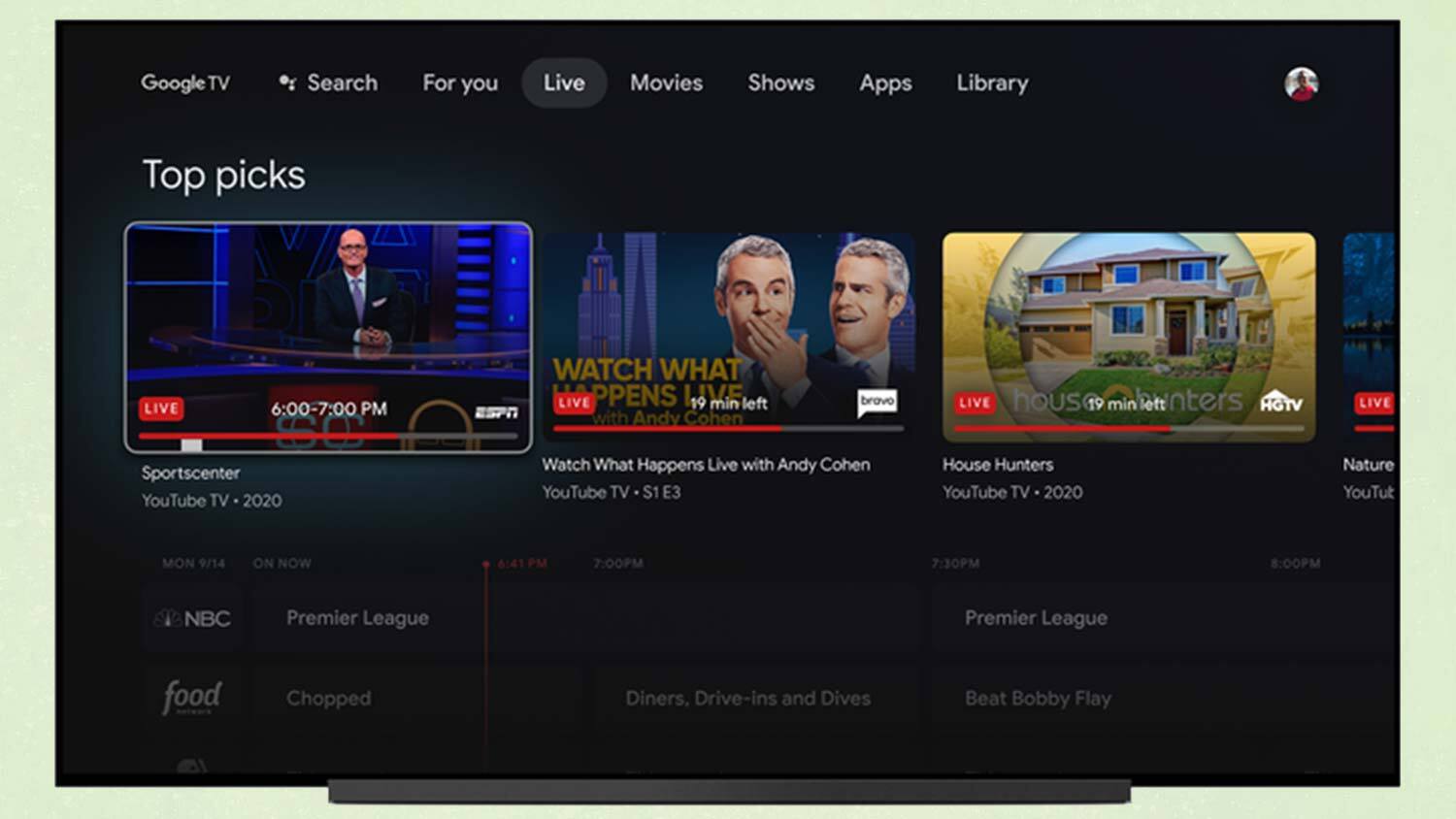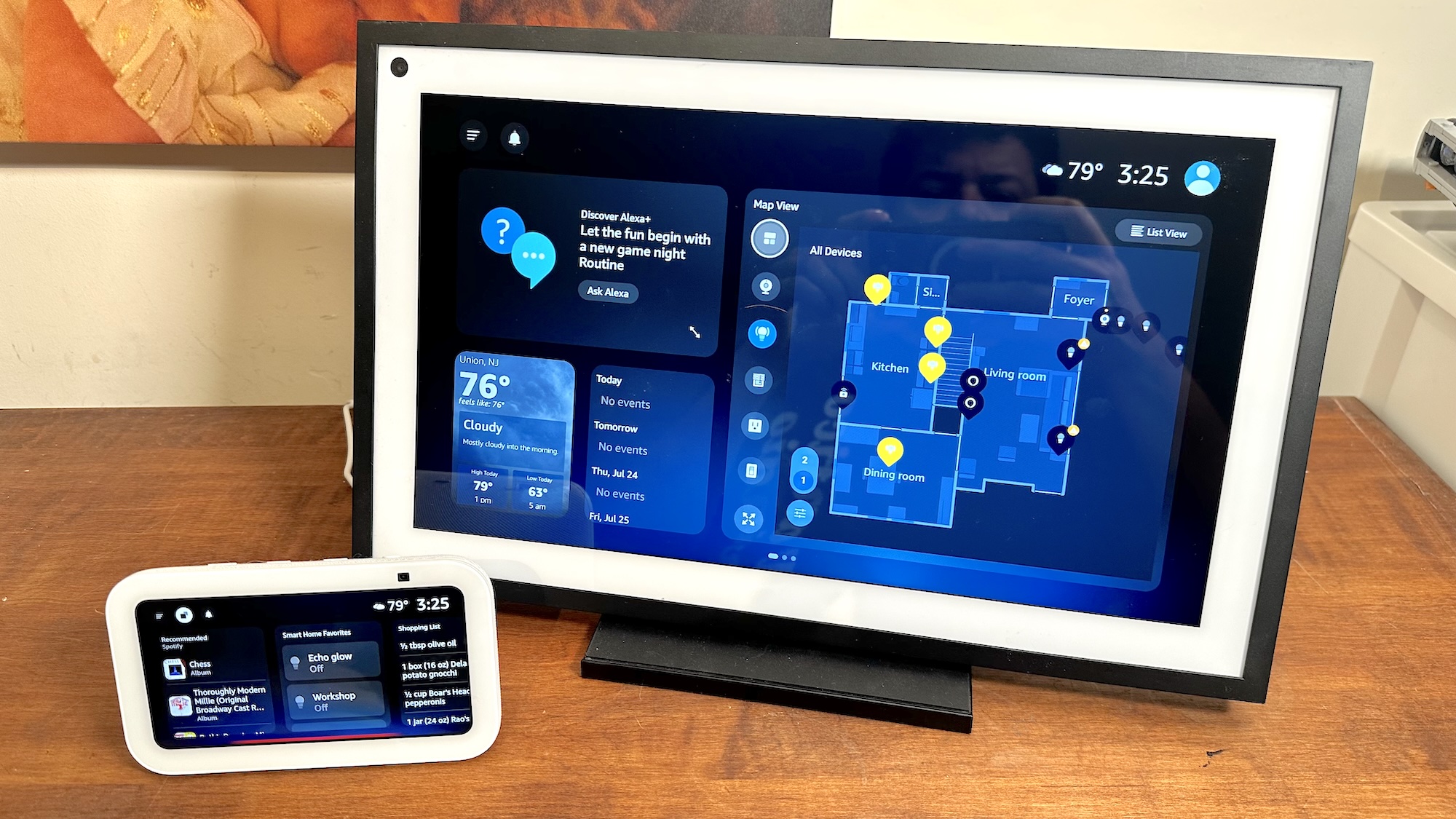Google TV: Meet the new smart TV software coming to Sony and TCL TVs this year

Smart TVs from Sony, TCL, and a handful of other brands are going to look a bit different in 2021 as the companies switch from Android TV to Google TV. But why the change? What's different about the new Google-branded platform?
While Sony's smart TVs are the most visible to make the switch, they won't be the only ones. Other Android TV manufacturers are also shifting to the newer Google TV platform, as Google updates all of its TV software offerings.
So what is Google TV, and why would you want it on your smart TV?
- The best TVs from LG, Samsung, TCL, Vizio and more
- Everything you need to know about smart TVs
- Plus: Google TV vs. Android TV
What is Google TV?
Google TV is the newest version of Google's smart TV platform, previously known as Android TV. In some ways, the move to Google TV is simply rebranding, since the underlying Android software is still what makes everything work.

That said, there are several changes that come with the new Google TV name that are more than skin deep. With updates to the look and feel of basic interface elements, like the homescreen, and improved communication between TVs, smartphones and other devices, Google TV may feel like a big change from what you were used to with Android TV.
And if you're thinking "Haven't I heard of Google TV before?" you're right. Google TV was the name of Google's first foray into smart TVs and set-top boxes back in 2010. (Remember the Logitech Revue?) Everything old is new again.
Why the change?
Google has had a hand in the smart TV and streaming worlds for years, with Android, Chromecast, YouTube and TV and movie content on the Google Play store. But these different pieces of software and hardware have never been a cohesive whole. In the early days of streaming and smart TVs, that made sense, and Google had room to try different things and experiment. But today's TV landscape is far more established, and Google TV is part of a push to consolidate these disparate experiences into something more cohesive, as the streaming world has gone mainstream.
Get instant access to breaking news, the hottest reviews, great deals and helpful tips.

Google TV unites several of these elements. It's the main interface for new Chromecast devices and now smart TVs. You can add things to your watchlist from your phone, share content between devices more easily, and get a more personalized experience. And by integrating more tightly with Google's own paid live TV service, YouTube TV, Google's looking to better establish itself as the complete solution for modern TV viewing.
Over the next couple of years, you can expect everything Android to shift to Google TV, whether it's smart TVs, set-top boxes or streaming sticks.
What's different from Android TV?
While the move to Google TV is as much a name-change as anything else, there are several experiential and functional changes made to Google TV that make it different than any version of Android TV that came before. The biggest changes have to do with user interaction, search and sharing information between devices.
We had our first real look at the interface with the Chromecast with Google TV review. The main interface has been cleaned up a bit, with dedicated tabs for live TV and a "For You" tab that puts all of your recommendations in one spot. Other tabs provide quick access to movies, shows, apps and your library of purchased and rented content.
The home screen has also been changed to prioritize content recommendations from your preferred streaming services. Hopefully that means more suggestions of shows you want to watch, and fewer ads for services you might not want to pay for.
You'll also get more curated suggestions for live TV offerings, whether it's over-the-air programming or a live TV service like YouTube TV.

There's also a new "Watchlist" that lets you bookmark shows from various apps to watch later. This is a persistent list that syncs across different devices, so you can add titles to it on your phone, your web browser, and any other device that lets you log into your Google account.
Google Assistant takes center stage as voice interaction gets better support. On TVs with far-field microphones (which includes several Sony TVs), that means that you'll be able to use voice search hands-free, and using your Google-powered smart TV much like a Google Home smart speaker.
It also has improved integration with all of your smart home devices. If it works with Google Home, it will work with your TV, as well. And if you have a device with a camera feed, like one of the best video doorbells, you can view that feed onscreen.
What are the benefits to Google TV?
All of the things we love about Android TV will still be there on Google TV, including the Google Play store and its 5,000+ apps. That includes all of the major streaming services, like Netflix, Apple TV, Disney Plus and HBO Max.
Search should be predictably great – it is Google, after all – with intuitive voice search that will pull up shows and movies easily, or jump to a full web search when needed.
Google TV adds support for multiple user accounts, meaning that you can have your own tailored experience on the same smart TV the rest of the family uses. In the words of our own Mike Prospero, "I won’t get recommendations for Gilmore Girls, and she won’t get the Fast & Furious franchise popping up on her screen."

There's also Kids Profiles, which lets you set up a kid-friendly account on the TV. In that profile, you can personalize things for your family and keep out apps and recommendations that might not be appropriate for younger users. It even lets you set specific amounts of TV watching time and have it shut off at the designated bedtime.
One additional bonus: Google TV will reportedly have a "Basic TV" mode that effectively turns your set into a dumb TV. It turns off all of the connected stuff that's required for smart TV use — like an internet connection for streaming, tracking for content recommendations and ads, and (because the web connection is severed) disables Google Assistant. All you're left with will be live TV via a TV antenna or cable, and external devices, like media players and game consoles that connect via HDMI. Even the home screen is mostly removed, giving you about as basic a TV experience as you'll get on any modern TV.
Is there anything bad about Google TV?
Well, we haven't had much chance to use the new Google TV software, so there's a lot we don't know yet. Chromecast users have reported a few bugs, like apps not launching properly and search being a little clunky, but we'll have to see if that's still the case when the first Google TV smart TVs come in for testing.
Aside from that, the biggest problem with this Google TV change might simply be that it's confusing. The new Google TV isn't the old Google TV, and it's replacing Android TV while still pretty much being Android TV in everything but name and logo. In a product category that's so filled with jargon and branded features and inscrutable spec lists, simpler is usually better.
The good news? That seems to be Google's ultimate aim with the Android to Google TV change – a simpler, more cohesive approach to TV and streaming. It just might take a couple of years before everything is on the same page.
Is Android TV still around?
The answer is "Sort of." Technically speaking, Google TV is built on Android TV's foundation, so Google TV is as much a rebranding as anything else. In that sense, Android TV isn't really going anywhere.
Older Android TVs – those using Android 9.0 or earlier – will still use Android TV in more or less the same way they always have. Some more recent Android sets, from 2019 and 2020, however, may get upgraded to a slightly different version of Android, one designed to look and feel more like Google TV.
It's mostly just a question of whether your TV is going to get updated to a fresher looking version of Android. Some manufacturers will be quick to push out updates, others may never even get around to it. If you've got an older Android-based smart TV or Android TV streaming stick, you can disable automatic updates to keep the new interface from showing up.
Brian Westover is currently Lead Analyst, PCs and Hardware at PCMag. Until recently, however, he was Senior Editor at Tom's Guide, where he led the site's TV coverage for several years, reviewing scores of sets and writing about everything from 8K to HDR to HDMI 2.1. He also put his computing knowledge to good use by reviewing many PCs and Mac devices, and also led our router and home networking coverage. Prior to joining Tom's Guide, he wrote for TopTenReviews and PCMag.

